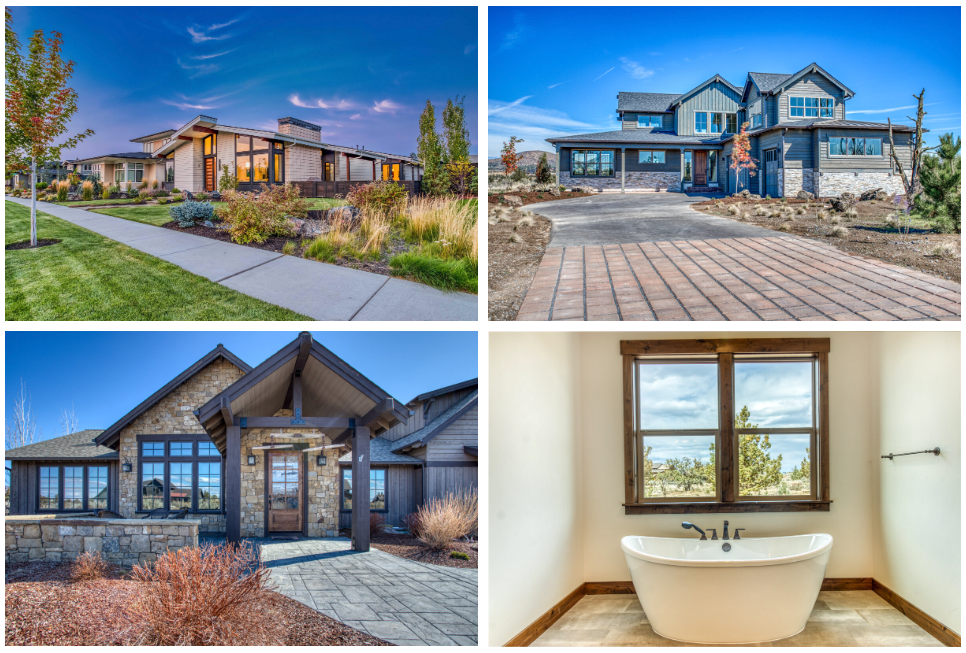Real Estate Photography Pricing Tips (& How to Make More Money)
Real estate photography can be a lucrative business avenue, whether as a full-time career or a side hustle. One of the most challenging pieces of starting or growing a real estate photography business is determining your packages and setting your prices. It's a challenging task because there are a wide variety of factors to consider, but we'll outline the process that will ensure you have a solid foundation to grow a profitable photography business.
To help you set your real estate photography prices and make more money, let's discuss:
- Quick guide to creating your real estate photography pricing list
- 8 top real estate photography pricing factors
- How much do real estate photographers charge?
- How to make more money as a real estate photographer
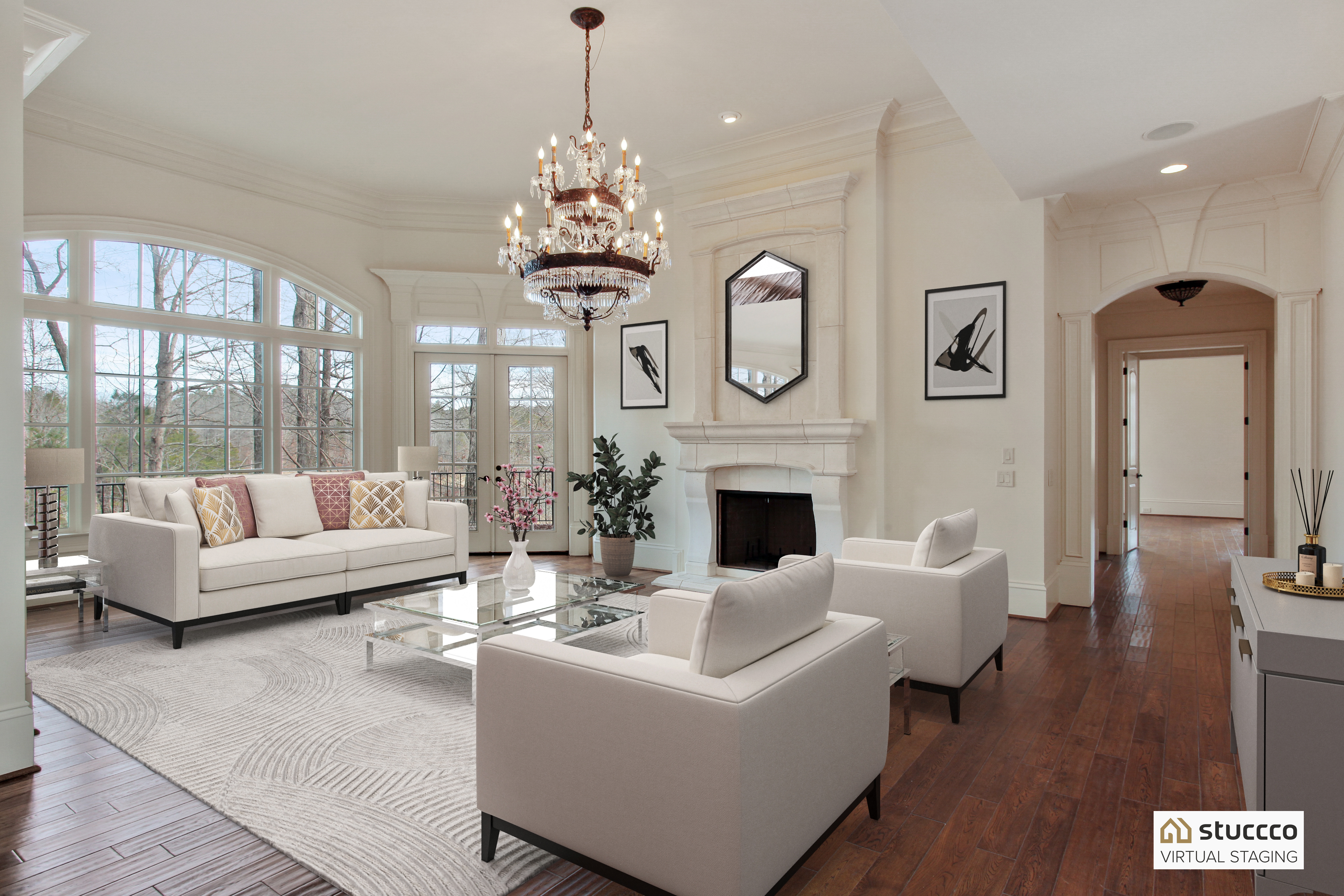
Quick Guide to Creating Your Real Estate Photography Pricing List
As you scroll through the list below of all the factors that affect real estate photography pricing, it may feel overwhelming. In order to create a pricing structure that's best for your business, you'll have to spend some time on research and planning.
Set a time to sit down and focus on the data you need to do to determine your pricing.
This will include researching and pinpointing:
- Average home values in your area
- Potential driving distances and gas costs
- Type of photography services you'll offer
- Number of photos needed for the most common property types in your area
- Time needed for post-production
- Cost and quality of your photography equipment
- Your photography experience level
- Business and marketing expenses
Once you've completed your own research on your area, search for other local photographers who might be your competition. Evaluate their services, pricing, and real estate marketing strategies to get more insight on how you want to stand out.
After doing this research, it will be relatively simple to organize your services into photography packages and individual services. You should create a minimum of two packages to give potential clients a choice.
Keep in mind that you can change your pricing at any point, so it's better to start with a simple plan that you are sure you can successfully complete without delays. Over time, you'll become more confident in the pricing structure as you talk to more clients and complete more jobs.
Real Estate Photography Pricing Factors
There are no set-it-and-forget-it real estate photography pricing formulas. Even if you find a photographer that offers similar services, don't simply borrow their pricing structure. Not only does that prevent you from standing out, it also potentially limits your income.
Every real estate photographer has a unique set of factors that must be taken into consideration when setting their prices, which include:
1. Location
Before setting your real estate photography rates, do some research on home values in your area as well as average household incomes. The prices for professional photography generally follow the range of home prices. This is not because your service is more or less valuable, but simply because the home's sale price dictates the owner's and agent's profits.
For example, a quick look on Zillow shows that single family homes in central Ohio with 3 bedrooms, 1.5 bathrooms, and under 1,500 square feet cost between $80,000 to $375,000. That means the listing agent could earn around $800-$4,000 in commission. If you try to ask listing agents $500 for 20 real estate photos, they will probably be unwilling to sacrifice that much of their commission.
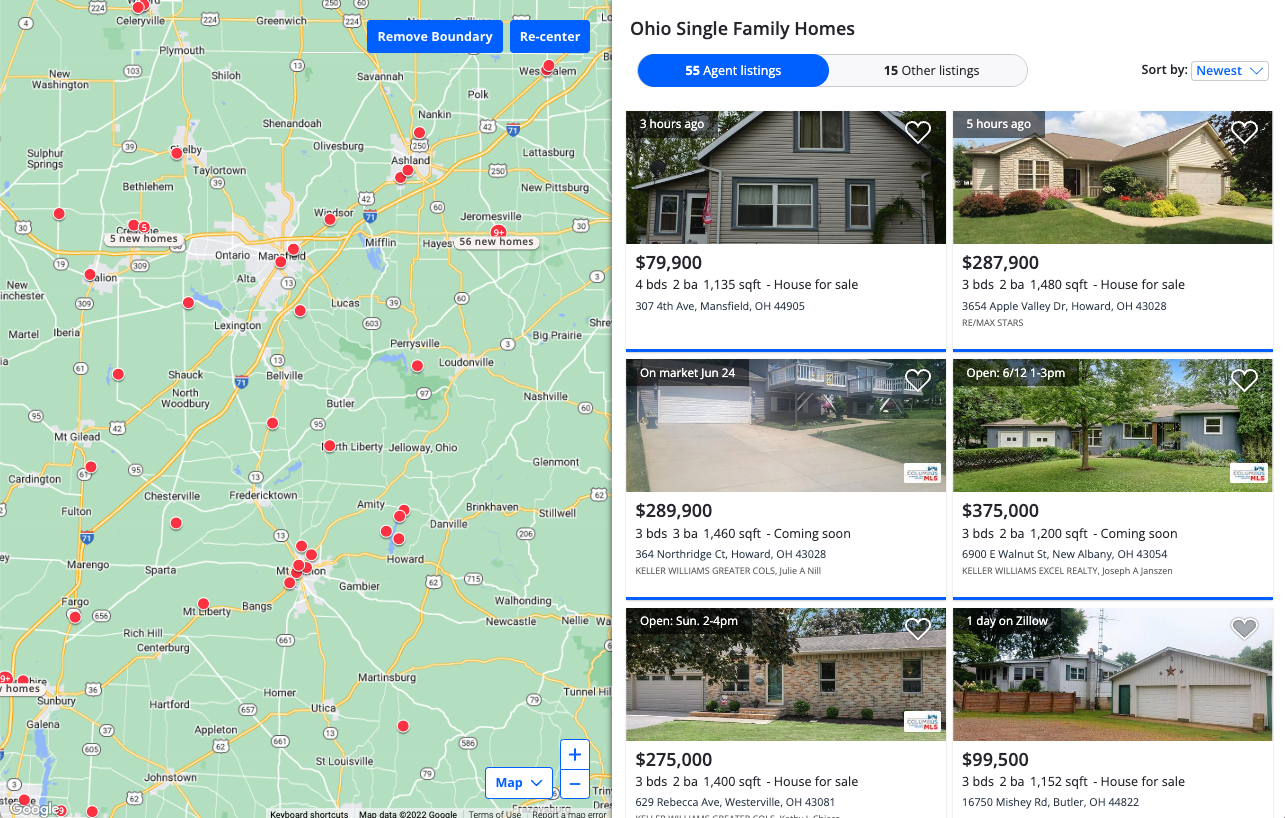
On the other hand, the same exact home search in Los Angeles shows properties from about $650,000 to $1.4 million. That means that the listing agent may get between $6,500 - $14,000 in commission--so $500 for real estate photography could be an ideal investment.
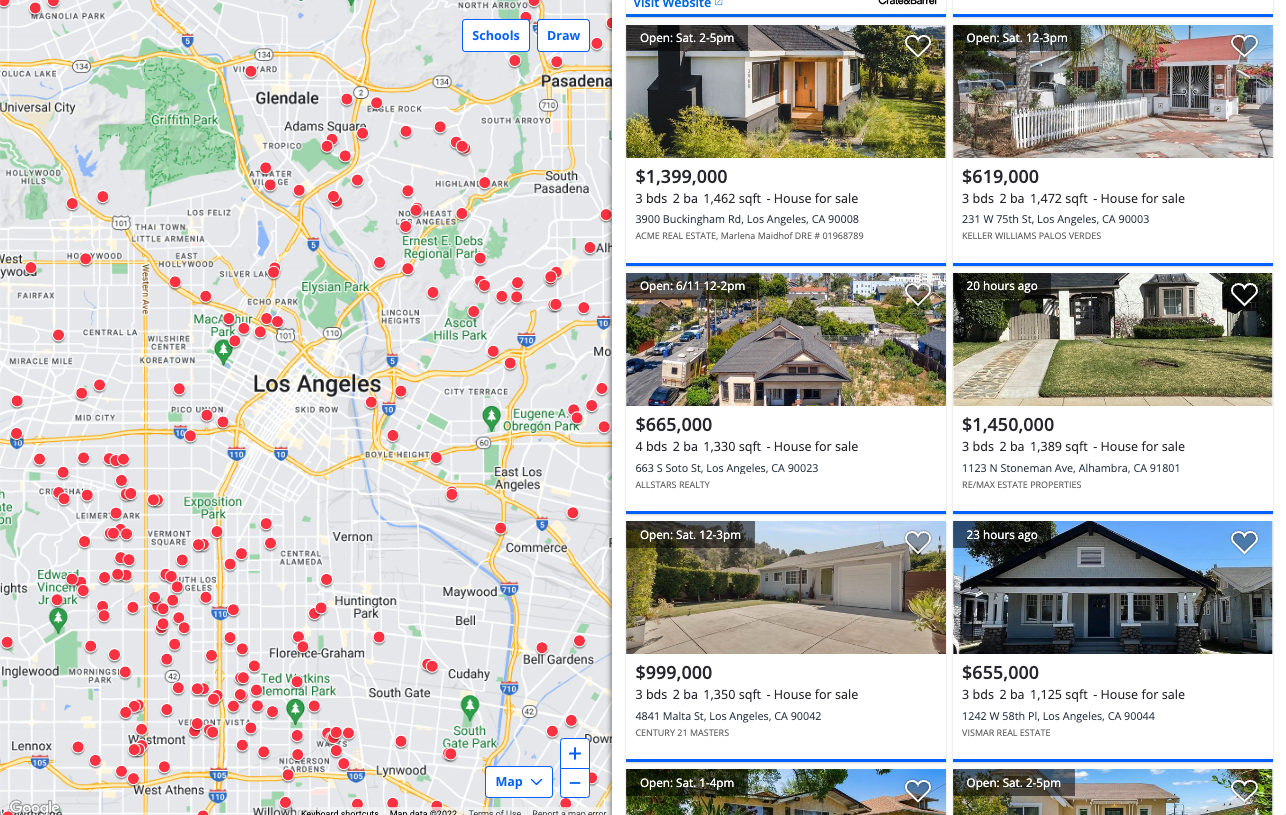
2. Driving Distance
Like real estate agents, most real estate photographers offer their services in a specific area. Your service area can be limited to part of a single city (like Manhattan or Brooklyn in New York City) or include many different towns and cities, like "Southwestern Pennsylvania" or "Oklahoma City metro." In either case, there will be some properties that are located extremely close to you, and others that require some driving time.
Part of your pricing research should include the potential driving costs. In a highly populated city, city driving will decrease your gas mileage, and in rural areas, you may have to drive longer distances. If you forget to research this and factor it into your photography pricing, you'll end up frustrated over a smaller profit margin than you expected.
You should also prepare yourself for any potential clients outside of your typical service area by calculating an additional per-mile fee. Don't forget to track your miles, gas costs, and vehicle expenses on your taxes!
3. Type of Photography
You know this better than anyone--not all real estate photography is the same! Other than the actual skill and experience level of the photographer, which is discussed in more detail below, there are also many different types of real estate photography services. These can include:
- Still photos
- Residential/commercial real estate photography
- Drone photography/aerial photography
- Virtual staging
- Floor plans
- 3D or 360° photography for virtual tours
- Video walkthrough tours
Of course, those who offer high-tech photography services can charge premium prices, but there are also many additional costs. You can be massively profitable regardless of what type of photography and/or services you offer (or don't offer), but you need to have a complete understanding of your expenses and the details of your offer.
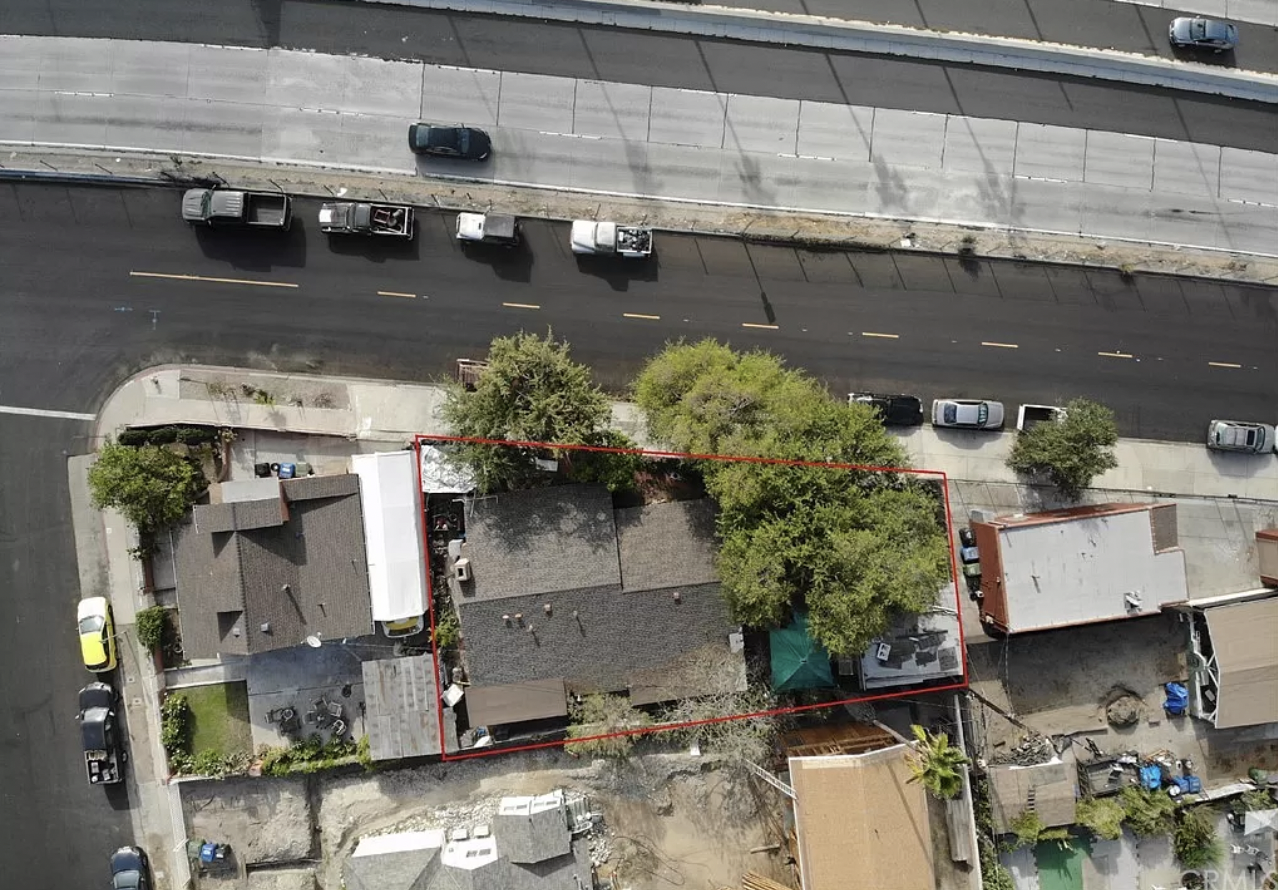
Aerial photography in Zillow listing
Related: How Virtual Staging Sells Houses In Real Life
4. Number of Photos
One of the beautiful things about real estate is that no two houses are exactly the same. For real estate photographers, that also means that no two jobs are exactly the same. In fact, the majority of photographers will constantly be photographing homes with drastically different sizes and home features.
In one afternoon, you may take photos of an apartment with two bedrooms and 1,000 square feet, then travel to a luxury house with 4,000 square feet, 4-5 bedrooms, walk-in closets, and an outdoor kitchen.
This is exactly why you need to create a real estate photography pricing structure instead of a few flat fees. There is a drastic difference between the time you'll spend on small vs. large properties, but your pricing structure should ensure that your profits are the same regardless of the home's size, feature, or location.
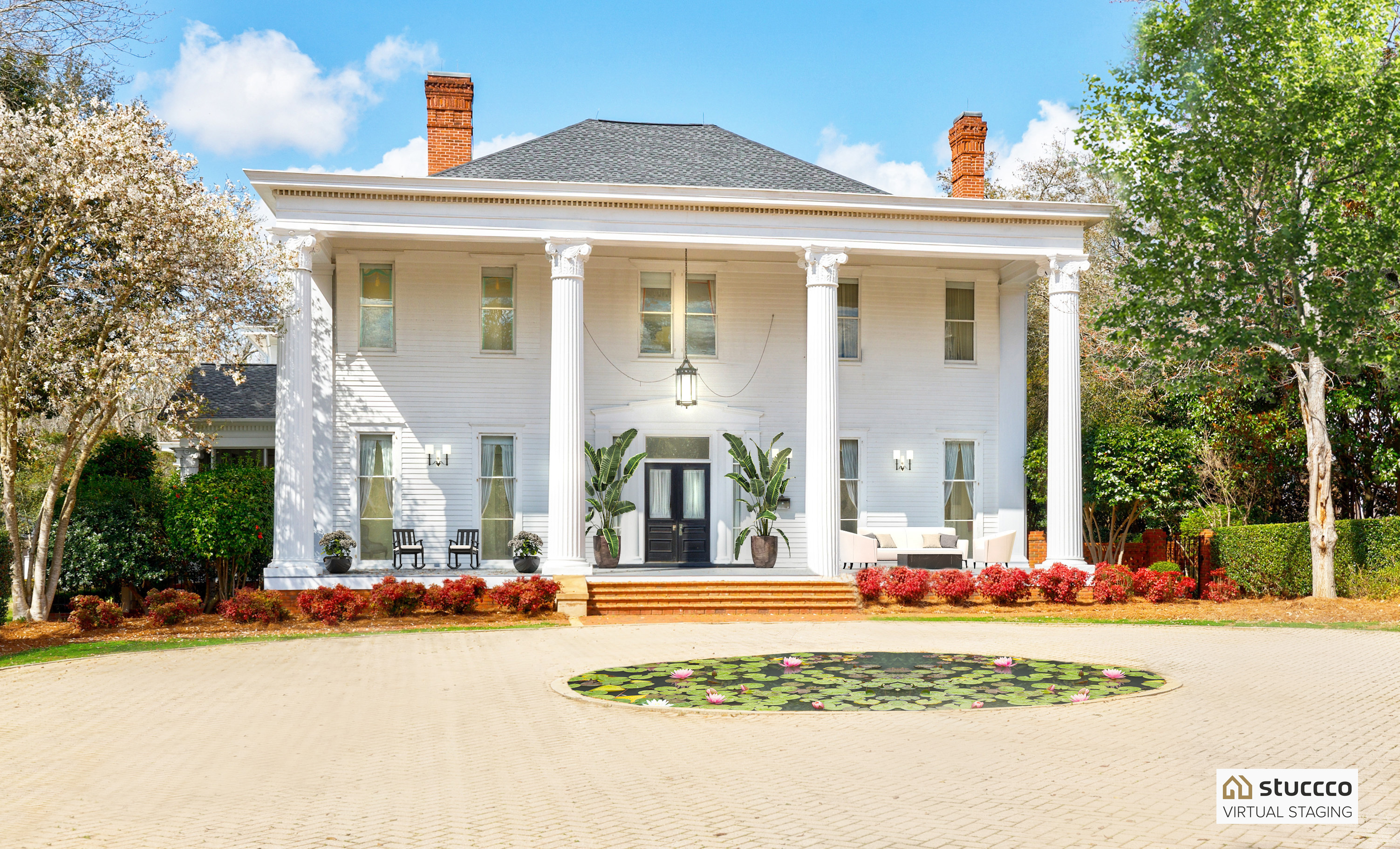
Example of Stuccco's luxury virtual staging
Real estate photographers typically provide anywhere from 15-50 high-quality, edited photos for each property. You may choose to offer packages based on the number of photos you deliver, the number of bedrooms or spaces you photograph, or based on the size of the home.
5. Editing Process
The unfortunate reality for professional photographers in every industry is that the vast majority of clients do not understand the importance of the post-production process. However, the reality is that the majority of most photographers' time is spent in post-processing. This is true for photographers that offer additional services like virtual staging and video tours as well as still photographers who spend their valuable time adjusting clarity, straightening lines, and correcting colors and saturation.
Editing is arguably the most important part of every photography service--regardless of whether your clients understand it--and should be an integral element of calculating your real estate photography pricing.
Your profits can be won or lost in the way that you calculate post-processing, so it's extremely important to know exactly how much time you spend on edits. The best way to start pinpointing the time you spend in editing is to time yourself on as many jobs as possible. Take notes on the size of the home and the number of photos being edited on each job to get more insight into the way you should price your services.
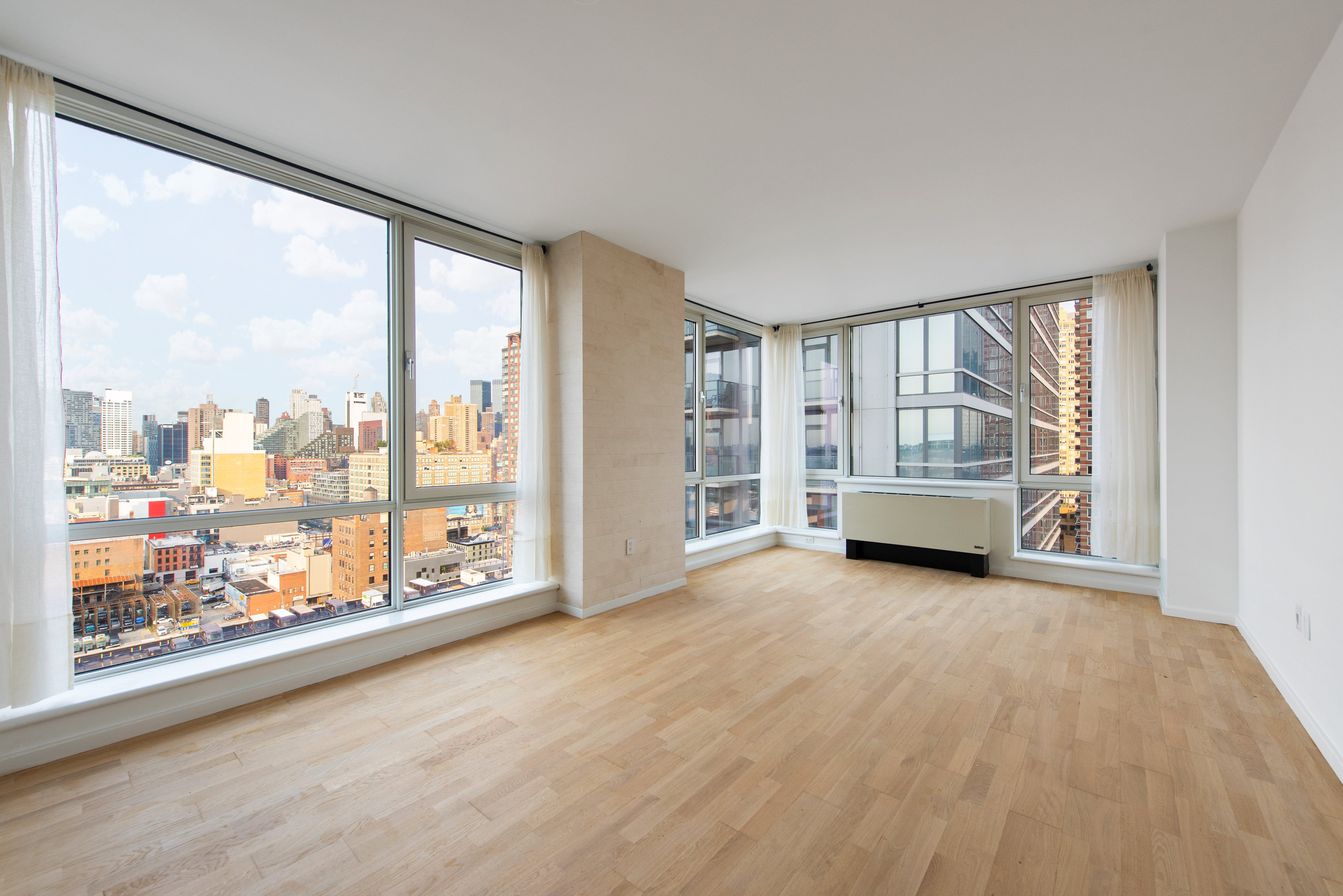
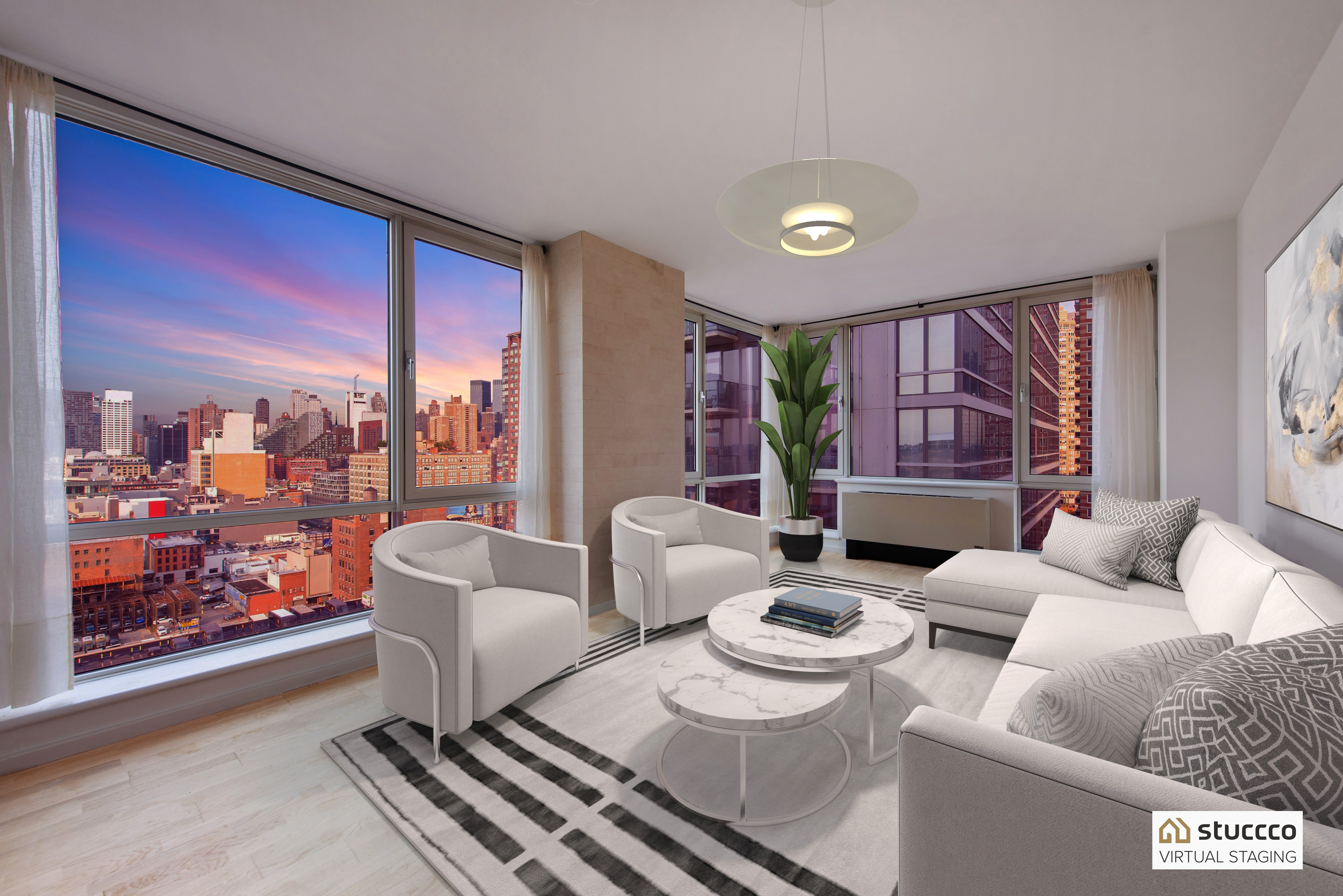
Some services aren't done manually by the photographer, but should still be factored into your overall post-processing timeline. For example, many real estate photographers use Stuccco virtual staging to stage their vacant listings, remove furniture, or create twilight photos. This process takes only a few minutes of the photographer's time to place the order, and photos are available within 24 hours.
In this case, the few minutes spent placing the virtual staging order shouldn't significantly impact your pricing. However, home staging provides even more value to your customers, and that ultimately allows you to charge higher prices and profit from the use of virtual staging. Read more of a breakdown of marketing costs below.
6. Equipment and Software Costs
When a homeowner or real estate agent books a session from you, they aren't only paying for your time and expertise--they're also paying for access to the high-quality images that only professional equipment can produce.
Remember that your equipment includes much more than the main camera body, like many consumers may believe. At a minimum, it also includes your:
- Tripod
- Flashes and/or diffusers
- Lenses
- Remote control
- Carry case
Of course, photographers with specialty equipment like drones and 360° cameras typically offer premium services, so their rates will be much higher than other local real estate photographers.
In addition, don't forget to consider all the online tools and software programs that are necessary to produce professional real estate photos. This often includes:
- Photo editing software (like Adobe Lightroom or Photoshop)
- Video editing software (like Adobe Premiere Pro)
- Virtual staging software (like Stuccco)
- Virtual or 3D tour software (like Matterport)
- Photo and video storage (like Google photos or Apple photos)
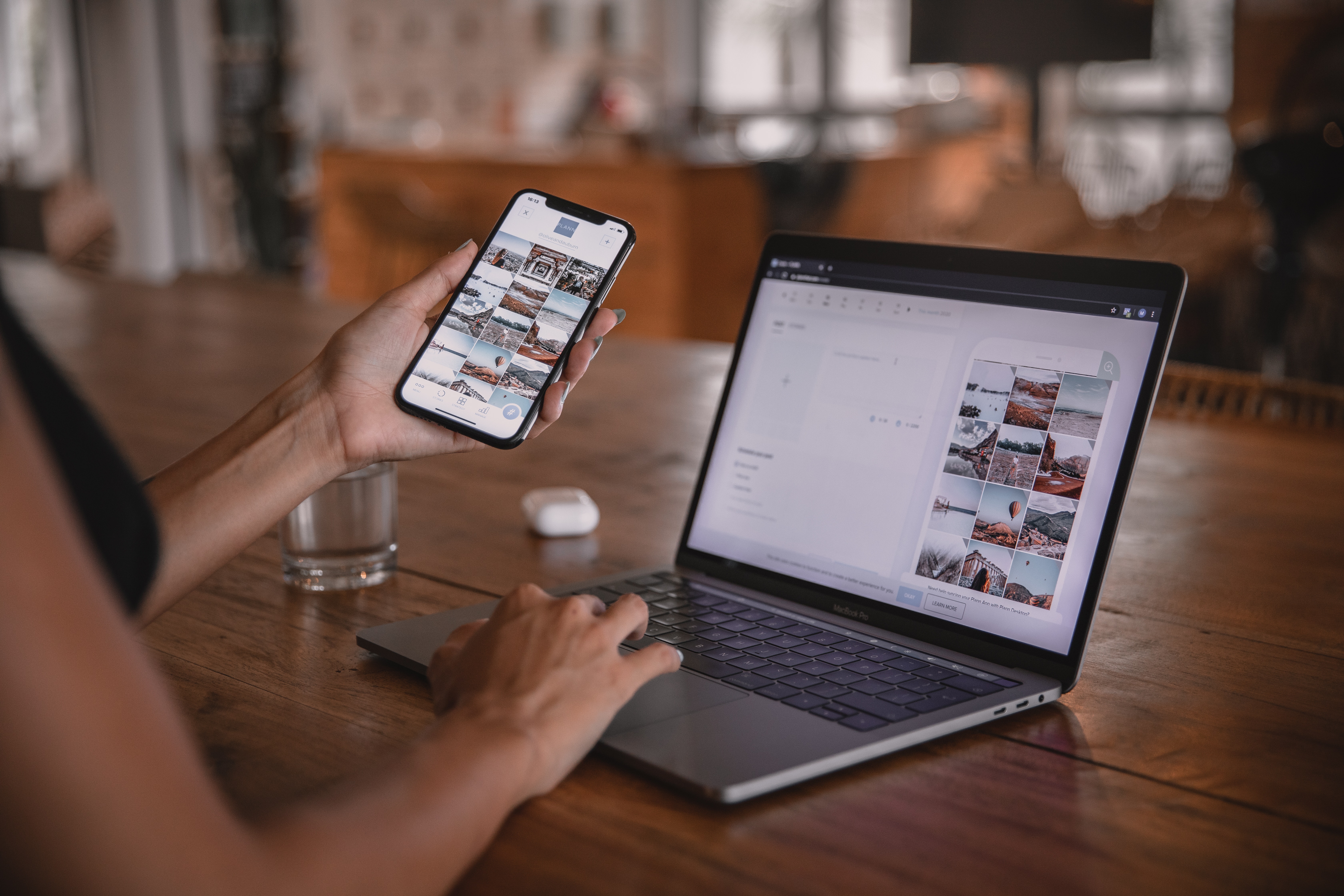
As your equipment increases in quality and price, your rates should increase as well. Better equipment leads to better photo quality, and additional services present a clear opportunity for agents or homeowners to get even money for the listing.
Related: Top 20 Ways to Get Real Estate Leads
7. Turnaround Time
In your client communication before booking a session, you should specify a clear turnaround time for each of your real estate photography packages. This should be set after you have a solid understanding of how long your post-production process takes you.
Don't forget to create a pricing plan for clients who need a rush job, with the amount depending on how quickly they need photos completed. Remember that you may have to reschedule other sessions, so the rush fee should reflect the time spent reordering your calendar.
8. Experience Level
Photography is an art, and your skills will continue to grow for years. Seasoned photographers not only understand their equipment on a deep level, but they intimately know the factors that make a good shot in every home. If you've been a professional real estate photographer for 15 years, you should absolutely charge much higher rates than brand new photographers. Years of photography expertise will naturally translate into professional photos that attract more potential buyers for your clients.

Exterior virtual staging by Stuccco
9. Marketing & Business Costs
As a real estate photography business owner, you are responsible for tracking your expenses, income, and profit margin to run a profitable business. All businesses have expenses and marketing costs that should be considered when setting your pricing. Things like taxes, website hosting, and management all have an associated cost that should be taken into account when planning your pricing. After all, if your expenses cost more than your income, you won't be in business for long.
In the beginning of your real estate photography business, you may only use the most necessary and basic tools, like a DSLR camera and an editing program. However, your business will only grow by providing a highly valuable service to clients--which will require additional tools and equipment.
Outdoor virtual staging example
These tools may include photography equipment as well as software for marketing or business management (like Asana, Quickbooks, Hubspot, Zoho, or Wordpress website hosting). These tools will help you manage the non-creative aspects of your business operations, which are essential in order to provide an excellent client experience.
On the other hand, other tools can offer a more direct path to provide value for agents trying to market their listings, which can help you increase your prices--like virtual staging.
For instance, studies show that real estate agents who work with professional photographers earn almost twice as much in commissions (Inman), and home staging statistics report that staged homes sell 88% faster and for 20% more than non-staged homes.
Therefore, a real estate photographer who also offers virtual staging can potentially increase a home's sale price by tens of thousands of dollars.
Whether your clients are real estate agents, homeowners, or FSBOs (for sale by owners), you can prove that your services clearly equate to more money in their pocket. When potential clients can clearly see how your business benefits them, you'll naturally book more sessions and drastically grow your business.
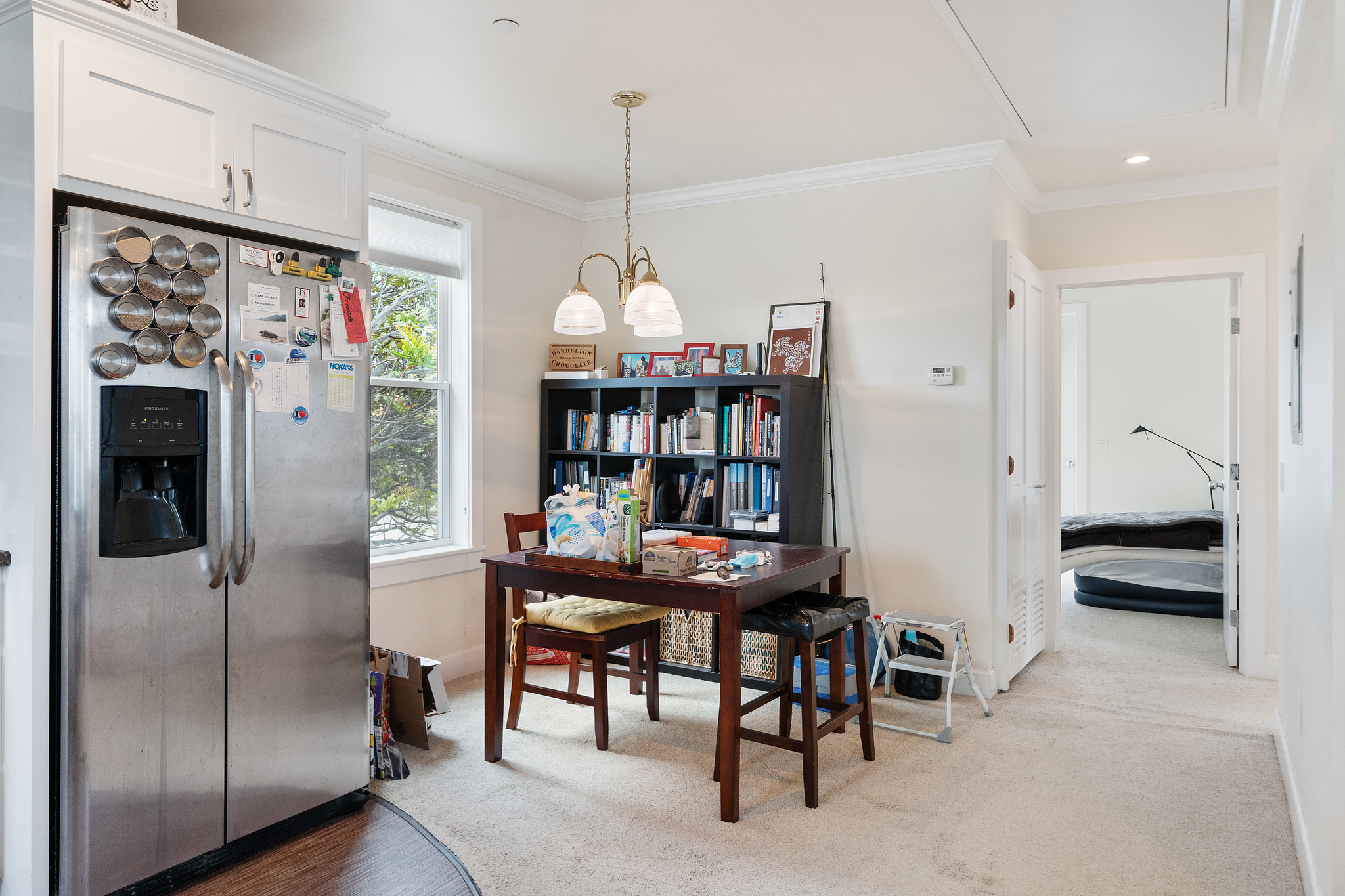
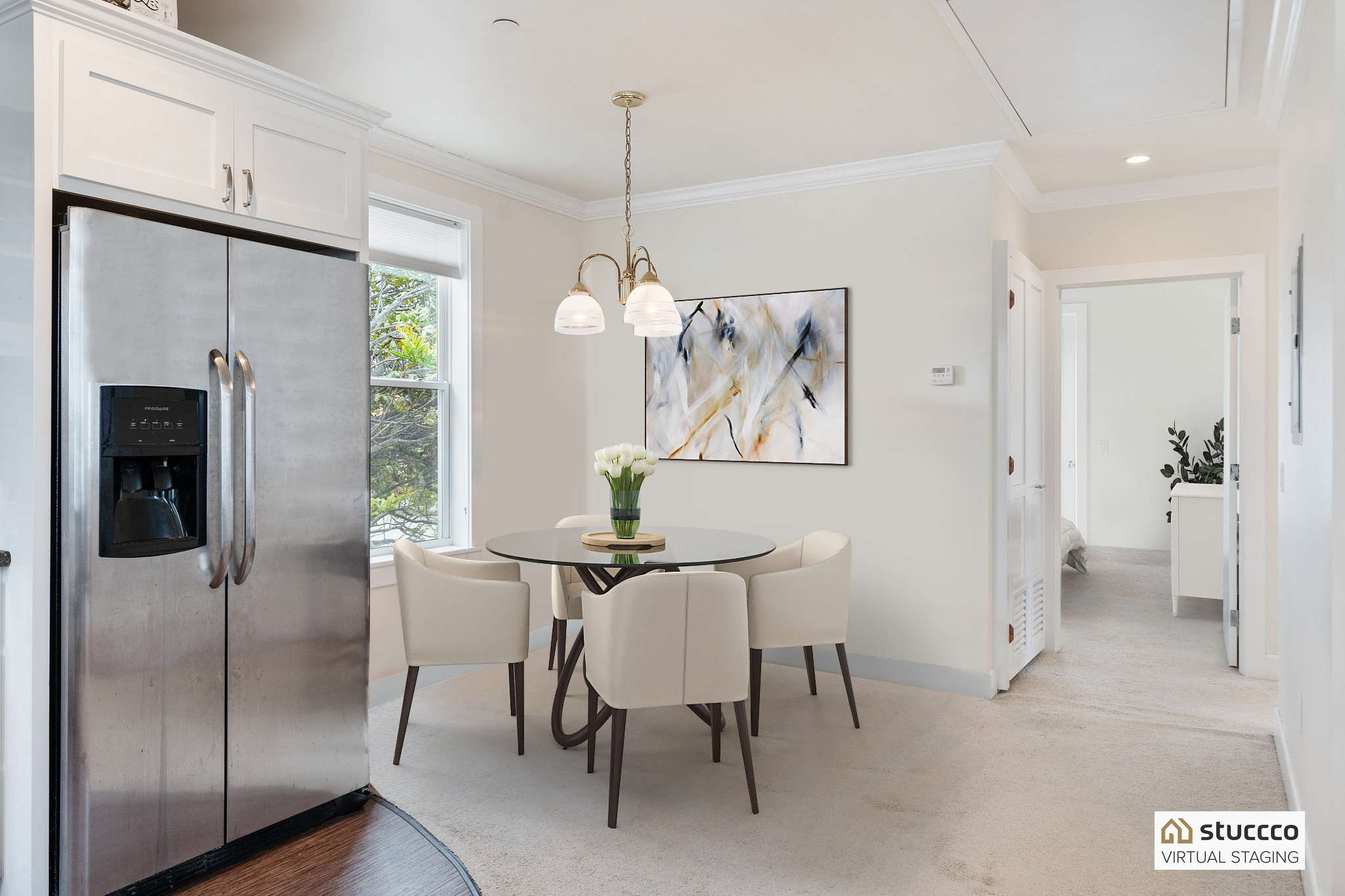
Every business owner has to determine the best time and the best ways to invest in their business. Is virtual staging the next step for your photography business? Get your first virtually staged photo for free.
Related: Virtual Staging Costs: Understand Pricing & ROI
So How Much Do Real Estate Photographers Charge?
Beginner photographers and budget-conscious home sellers often search the internet for a number that shows how much a professional photographer generally costs. But with so many factors involved for every photographer, pricing varies greatly throughout the United States. Although it's not recommended to copy another photographer's pricing structure, it can be a great way to get ideas for your own services and prices.
Here are three examples of real estate photography pricing:
Example 1: New York City
Visual Grip, a photography company in New York City offers five packages for real estate photography. They also offer 3D virtual tours and drone photography and video.
- 6 images: $125
- 10 images: $175
- 16 images: $225
- Additional photos: $12.50 per image
- 1-2 minute video walkthrough: $500
- 3D virtual tour photography up to 3500 square feet: $150
- Drone photography, seven final images: $250
- Drone video, one-minute final video: $250
Interestingly, Visual Grip also offers real estate photography packages and services in New Jersey. Although the photo packages and available services are almost identical, the prices are slightly different. This is a perfect example of a professional photographer that knows his market and offers prices that maximize value.
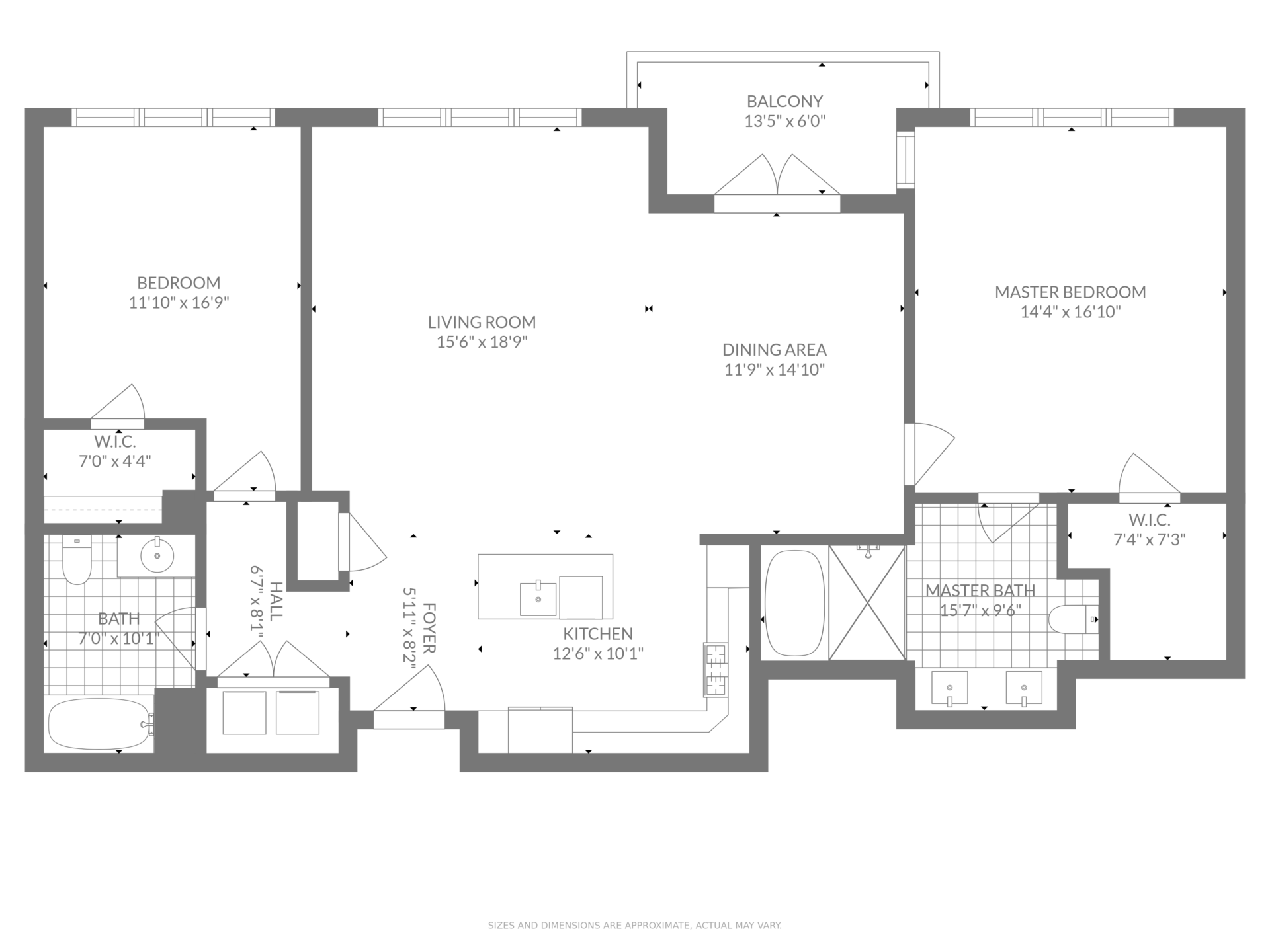
Floor plan example from Visual Grip
Example 2: Bend, Oregon
In Bend, Oregon, Cascade Real Estate Photography offers four packages and several additional services, including drone photography and video walkthroughs.
- 25-30 HDR photographs without drone: $240
- 25-30 HDR photographs with drone: $310
- 25-30 flash ambient photographs without drone: $350
- 25-30 flash ambient photographs with drone: $400
- Video walkthrough up to 2500 square feet: $250
- Drone exterior only with 5-10 photos and 30 seconds of video: $220
Example 3: Knoxville, Tennessee
Brad Capone, a photographer in Knoxville, Tennessee, offers six real estate photography packages based on the final number of images. He also offers real estate video services, drone photography, and 3D virtual tours.
- 15 images: $125
- 30 images: $200
- 40 images: $250
- Floor plan: $99
- 30-second exterior video: $125
- 2-minute interior and exterior video: $250
- 3D virtual tour 20 images: $200
- Drone photography: $35 added to any package or $125 for aerial only
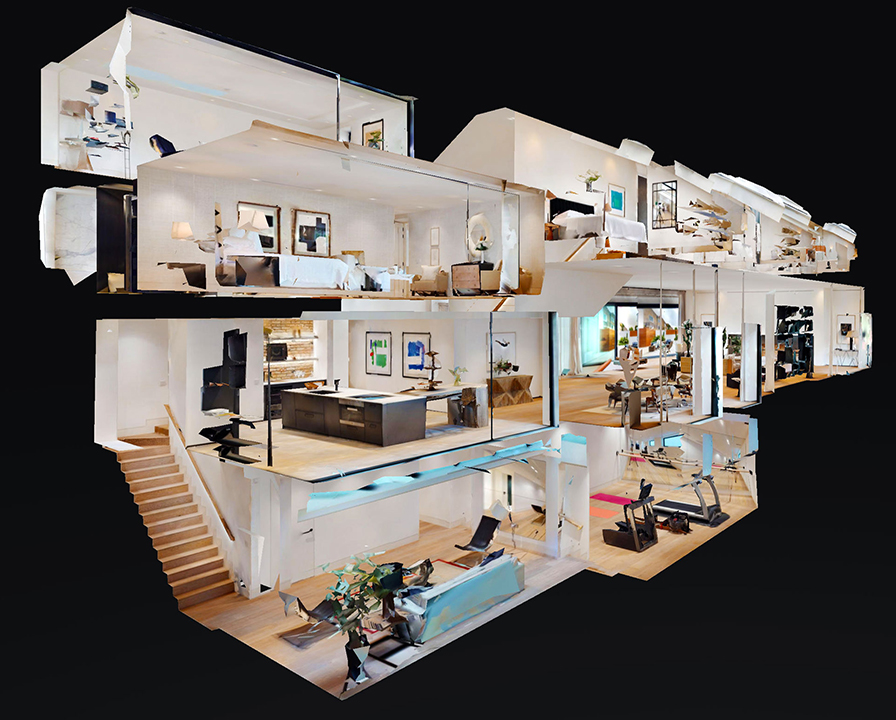
Matterport 3D tour by Brad Capone
How to Make More Money as a Real Estate Photographer
It's likely that the people reading this article are either aspiring real estate photographers, beginners, or current photographers struggling to earn the income they want. Research shows that real estate photographers make between $20k-$150k, which is a massive range. Although photography prices vary based on all the factors laid out above, the main reason for this wide range isn't because of rates--it's because of effort and business expertise.
Whether you do RE photography as a side hustle or have a full-time business, you won't reach the income you want (and deserve) just by creating perfectly calculated package prices. In fact, your real estate photography rates are only a piece of your ultimate success (an important piece, nonetheless!).
In addition to doing the research and creating strategic a pricing structure, here are four important tips to maximize your income as a real estate photographer:
1. Market Research (Talk to Potential Clients)
One of the most foundational pieces of every single business is knowing your customer. In fact, you would be smart not to offer a single service until you've talked to a handful of potential clients. The insight you receive from a few simple conversations will be instrumental in the longevity and success of your business.
Related: The Benefits of Virtual Staging
Most real estate photographers work primarily with real estate agents, but you may also work with home sellers or FSBOs, or even company executives if you provide commercial photography. The benefit to this is that real estate agents and brokers aren't hard to find! In fact, you probably personally know a few.
Reach out to them and ask to meet over coffee or on Zoom for 20-minutes to talk to them about their business. Be clear that you're not going to push a sale, but that you just want to understand their business better. Have a list of questions and conversation points ready, like:
- How do you currently take pictures of your listings?
- How do you prepare your listings for the market?
- What do you struggle with the most when listing a property for sale?
- What are the most important photography services to you? (Still photos, video walkthroughs, ariel photography)
- Would you pay for real estate photography? Why or why not?
Make sure you write down their answers, then compare all your conversations to get a deeper understanding of their core struggles and desires with photography. During the meeting, you can explain that you are considering or starting a business in real estate photography. It's possible they'll hire you right away, or you can simply offer to check in on any opportunities they might have in the future.
2. Study Your Competition
It's important to be aware of the other real estate photographers in your area as you start offering services and marketing to agents. Look for their services, packages, pricing, and marketing channels, and evaluate their strengths and weaknesses. Think about how you can set yourself apart. Can you offer a smoother inquiry process? Clearer packages? Specialized services?
3. Test Your Rates & Packages
The first rates you set as a real estate photographer are not carved into stone for the rest of your career. You can always change your rates--in fact, you should plan on updating your rates on at least a yearly basis, according to the changes in the real estate market, your experience, and your clientele.
Keep in mind that it isn't the best practice to consistently change your rates throughout your career, but they may need more adjustments as you get your business off the ground.
In addition, evaluate your customers' responses and questions about your packages for the few months of business. If you find that many of your potential customers ask questions about your pricing, ask for additional services, or simply don't get back to you--it's a sign to make some adjustments. Once you create packages and prices that best fit your clients' needs, you'll start consistently getting more client conversions and hearing things like, "this package is exactly what I was looking for!"
4. Market Your Services
There's a reason why this strategy to make more money as a photographer is number 4 and not number 1--marketing is most effective when it has a strong foundation. The foundation of your marketing must include the steps listed above; knowing your target audience, setting yourself apart from the competition, and having clear services and pricing that benefit your customers.
As a real estate photographer, don't think about your marketing the way that large corporations and real estate brokerages think about marketing. In the beginning of your career, trying to create complicated marketing funnels and running real estate ads will only hurt your growth and overwhelm you.
Instead, simple marketing strategies can be extremely effective. Start with social media accounts and an email list, then create a website and expand your reach from there. Learning how to market a photography business actually has many similarities to marketing a real estate agent's business, so read our guide to marketing yourself as an agent for more details.
Bonus: Perform A Case Study
After you've successfully photographed a few properties, consider writing a case study that shows your impact on property sales. "Writing a case study" may sound like a complicated marketing tactic, but it's as simple as gathering evidence that your photography services provide value. One case study can serve as a powerful marketing tool for years to come.
There are many different ways to create a case study, but you may want to start by using a property that was listed for sale before you took photographs. If none of your previous clients fit that description, search the MLS for local listings that have been live for more than 30 days. Reach out to the agent and offer to photograph the home for a discount, in exchange for marketing data.
Make sure to note the property's time on the market, number of online views, number of showings, and the original listing pictures. Then, after your professional photos are added to the listing, track the same metrics over the next 30 days. Take this information and write a simple description of the listing's metrics before and after your services, and include before and after photos. For reference, check out our case study on virtually staging an ugly garage.
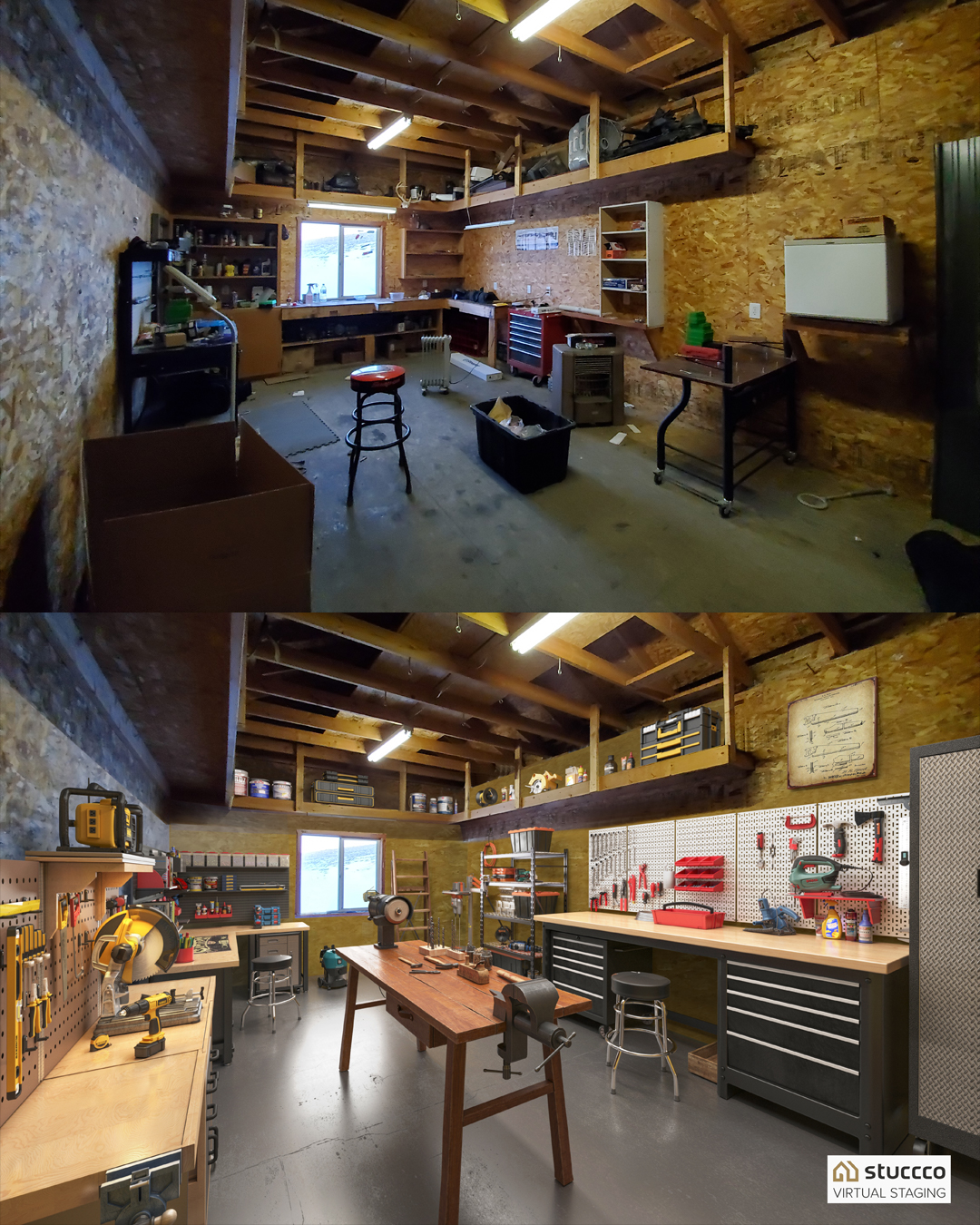
Keep in mind that the more value you can provide on the listing photos, the better and more effective your case study will be for your photography business. Since virtual staging is one of the best ways to increase a home's sale price, it's a great way to create a powerful case study that helps you attract new customers indefinitely. Before and after photos alone are a powerful way to help potential clients visualize how much value your work brings.
The Verdict on Real Estate Photography Pricing
It takes time and effort to research your local market and competition while setting up your real estate photography rates and packages. However, the time you spend on this research will equip you with a deeper understanding of your audience and business, and catalyze faster growth throughout your entire career.
Use the tips and examples above to create a strong pricing structure and offer services that are highly valuable to your clients. Consider working with Stuccco to offer virtual staging and provide an opportunity for agents and homeowners in your area to sell their home for more money.
Start your first virtual staging order now, or get even more details on the power of virtual staging in some of the biggest real estate markets in the US:
- Virtual Staging in Los Angeles
- Virtual Staging in Austin, TX
- Virtual Staging in Chicago, IL
- Virtual Staging in Denver, CO
- Virtual Staging in Houston, TX
- Virtual Staging in New York City, NY
- Virtual Staging in Orlando, FL
- Virtual Staging in Phoenix, AZ
- Virtual Staging in Washington D.C.
- Virtual Staging in San Diego, CA
- Virtual Staging in San Jose, CA
- Virtual Staging in San Francisco, CA

